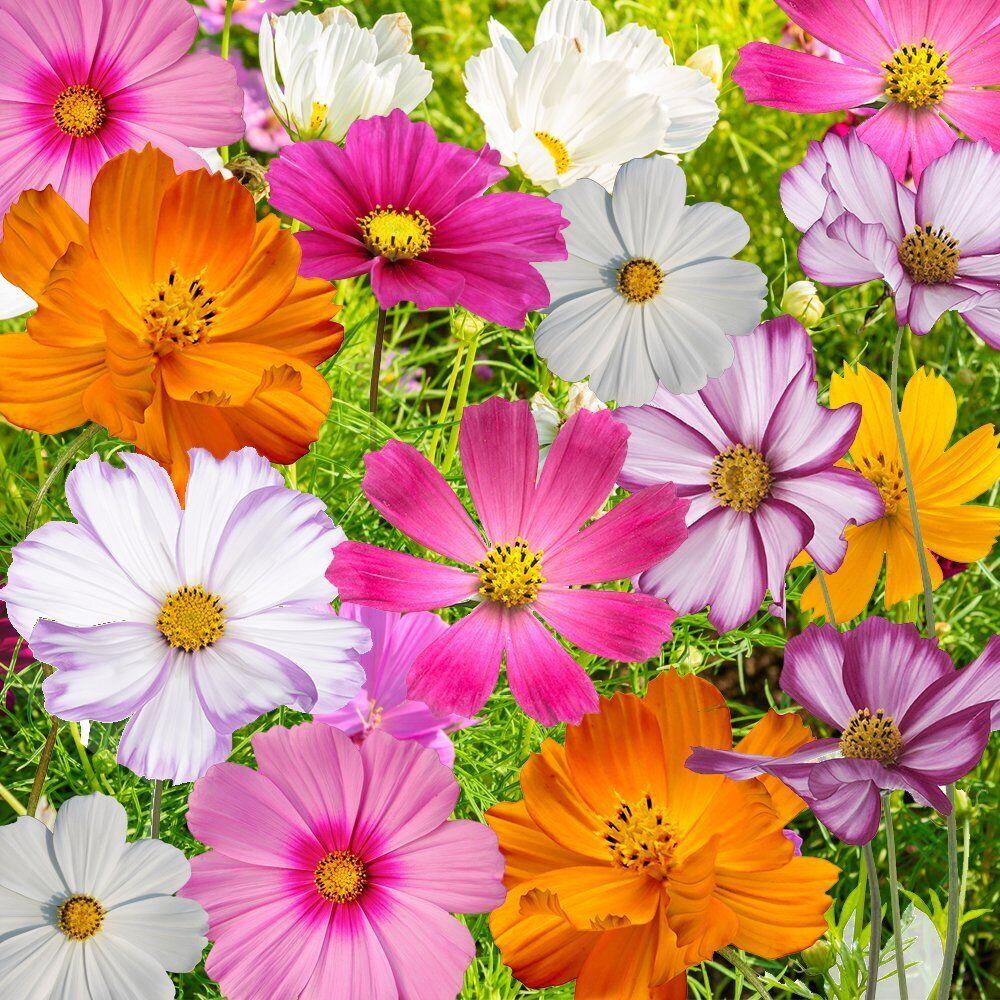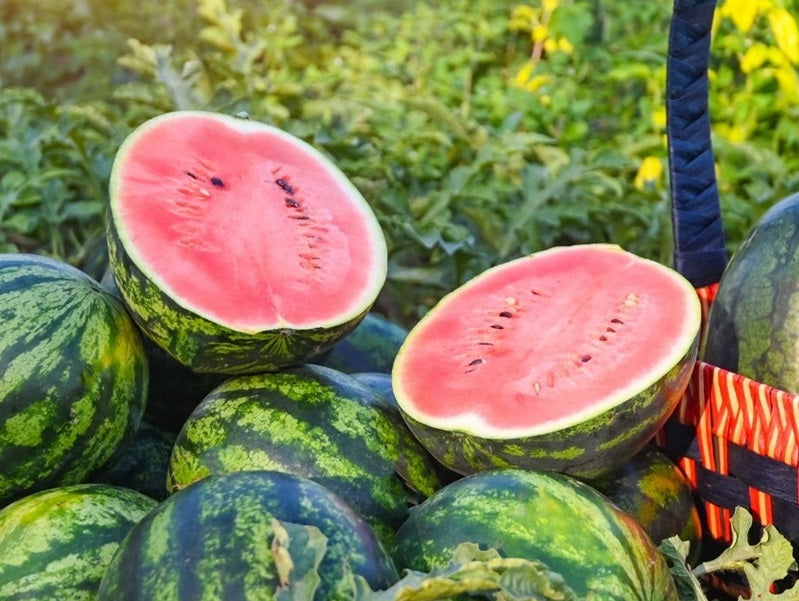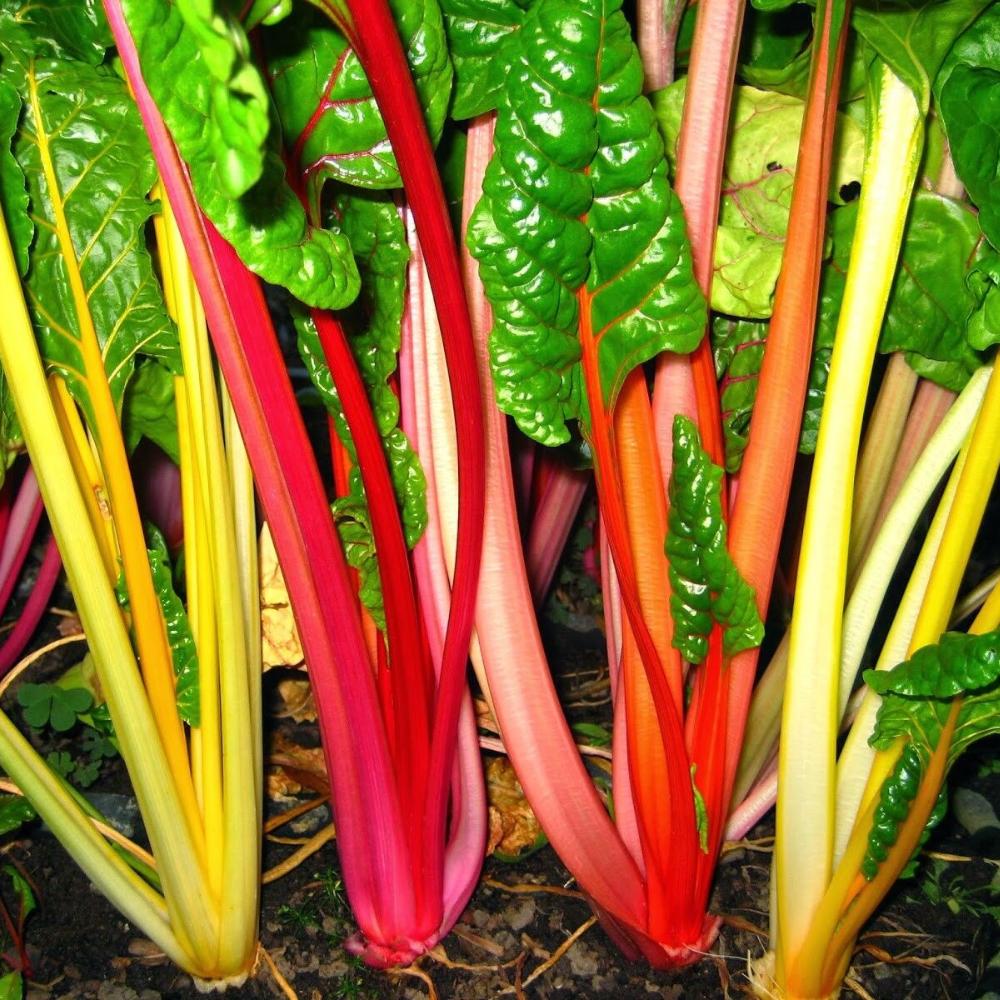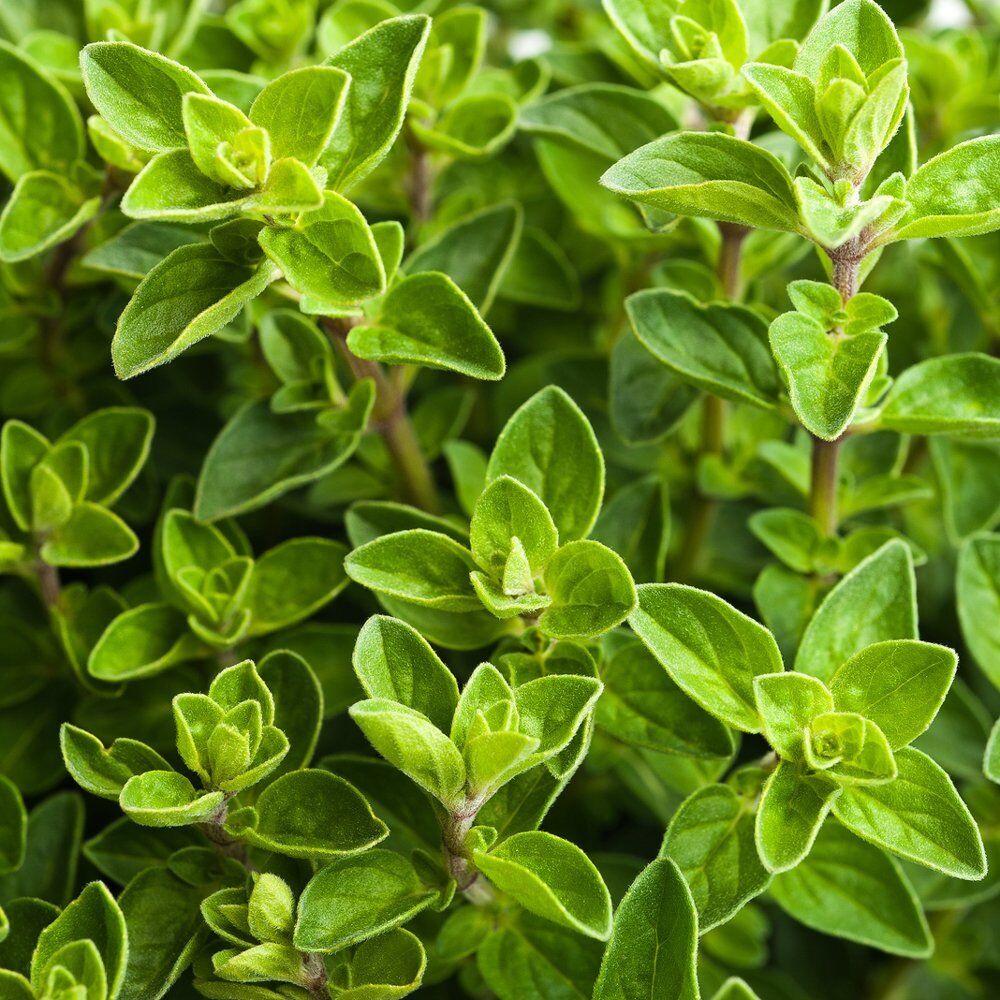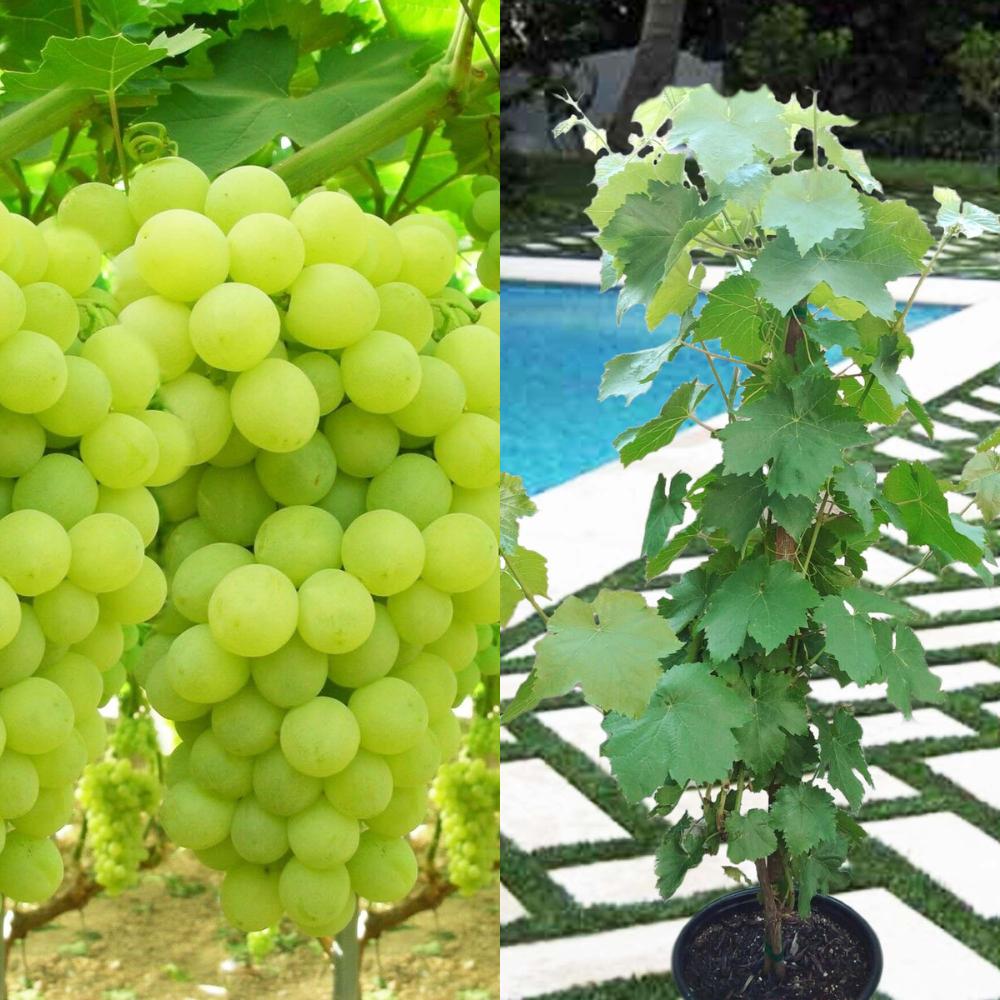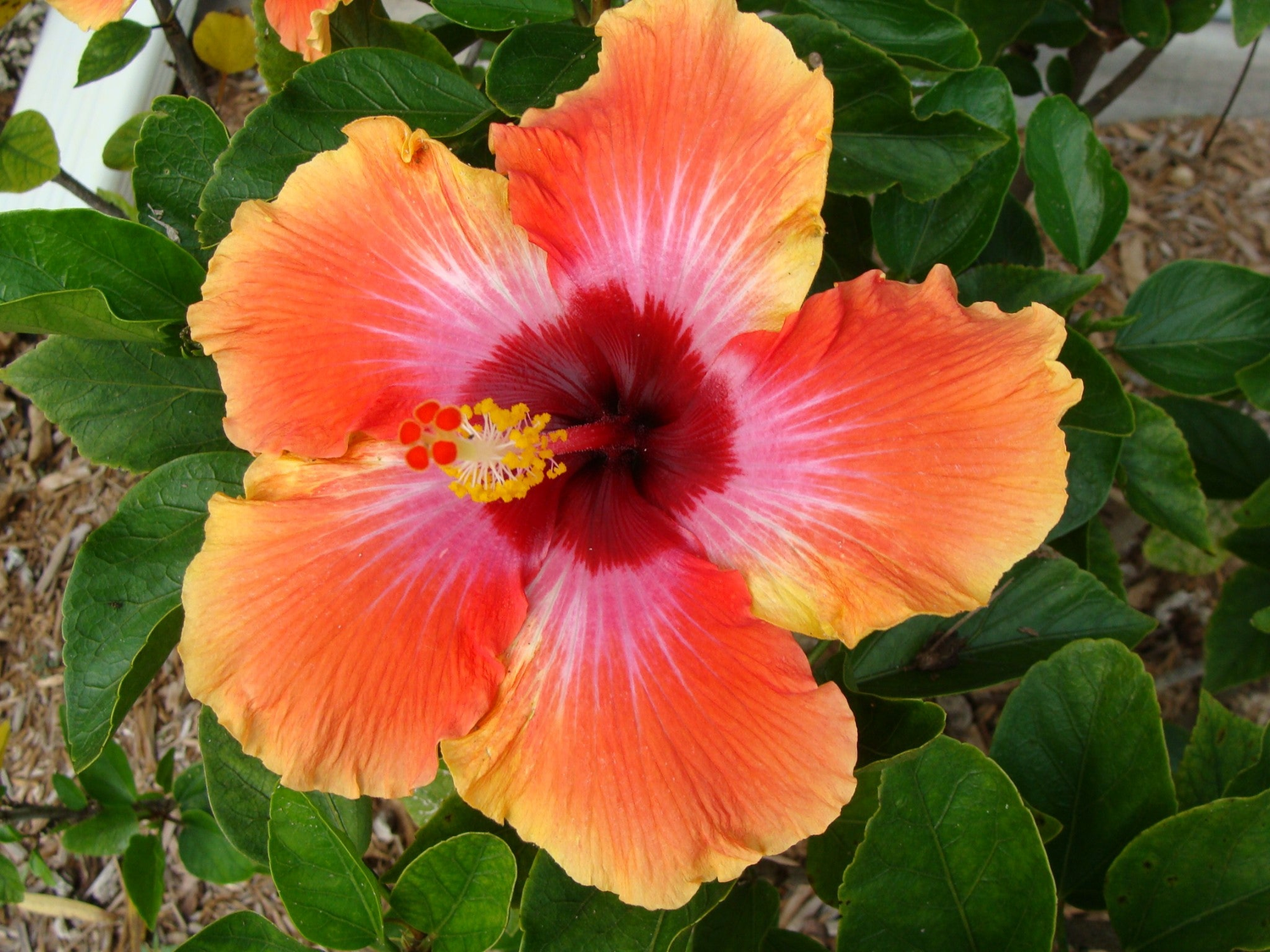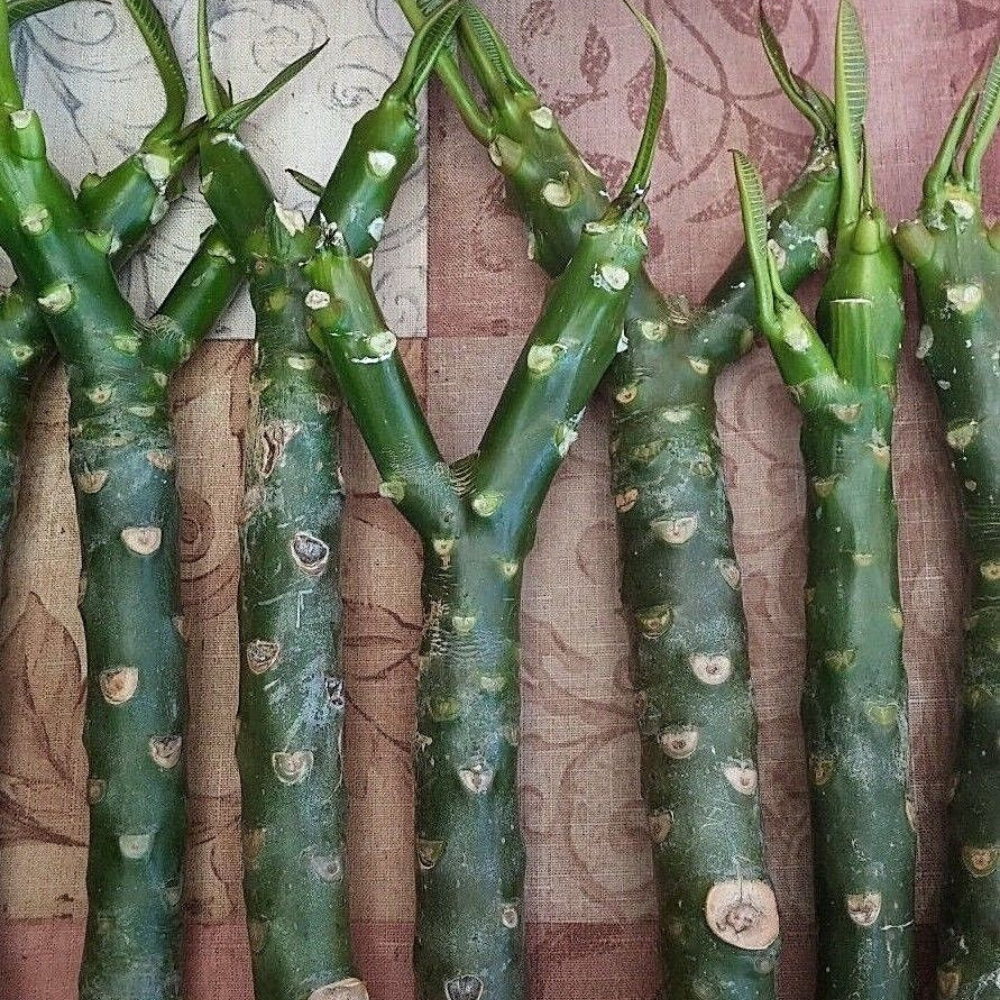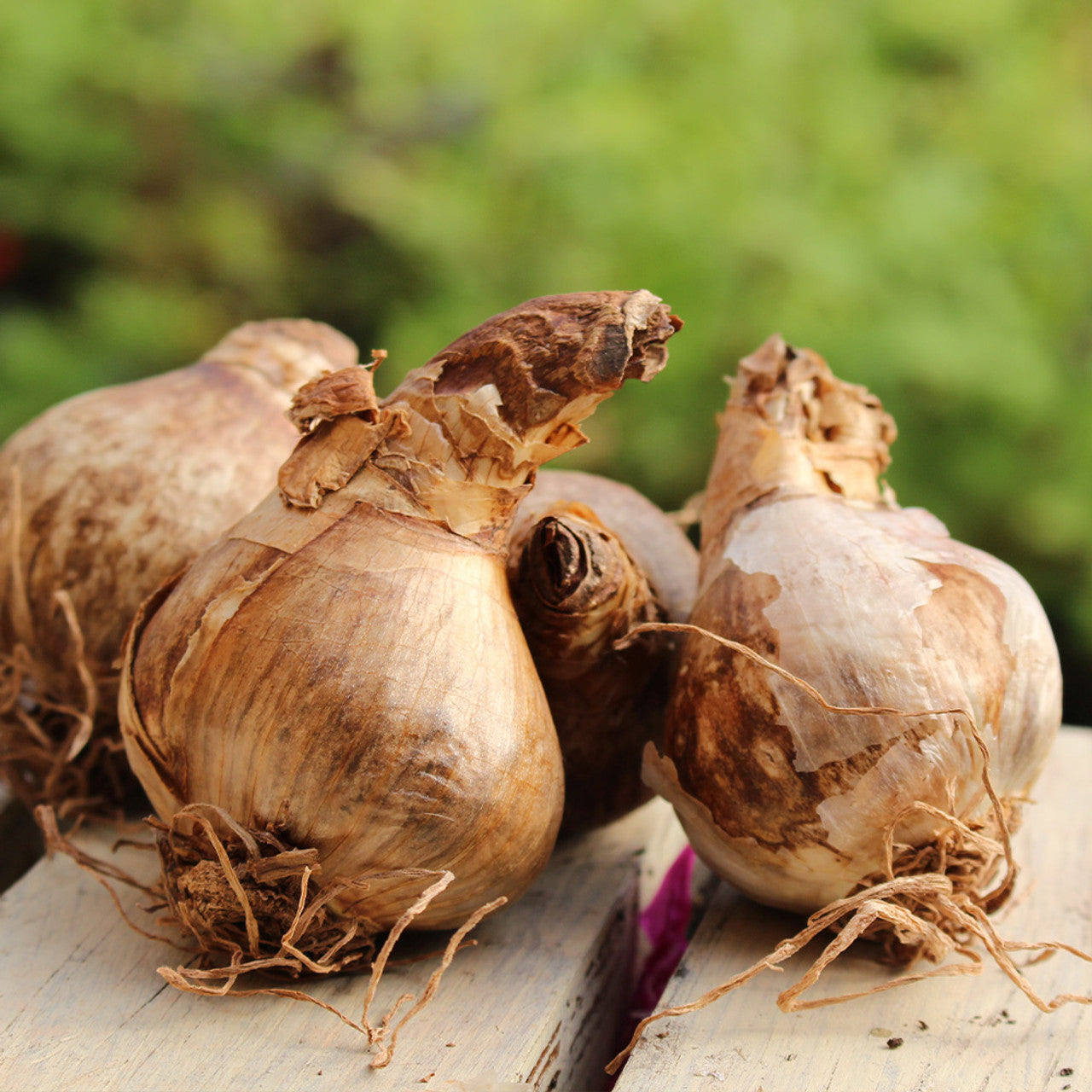White guavas (Psidium guajava) are a delicious and nutritious tropical fruit that are prized for their sweet, aromatic flesh. If you live in a tropical or subtropical region and have the space to plant a fruit tree, the white guava tree is a fantastic choice. It’s not only easy to grow but also provides numerous health benefits, from boosting your immune system with high vitamin C to supporting healthy digestion with its fiber-rich fruit. However, like all fruit trees, proper care is essential to ensure your white guava tree thrives and produces abundant fruit. Here’s a step-by-step guide on how to care for your white guava tree to ensure it grows strong, healthy, and fruitful.
1. Choose the Right Location
The first step in growing a healthy white guava tree is selecting the right location. White guava trees require full sun for at least 6-8 hours a day to thrive and produce fruit. Choose a location with good sunlight and ample space for the tree to grow, as guavas can spread out in all directions. A sunny spot in your garden or backyard will promote optimal growth and fruit production.
Additionally, ensure the location has well-draining soil. Guavas prefer sandy loam or well-drained, fertile soil, with a slightly acidic to neutral pH (around 5.5 to 7.0). If your soil is clayey or compact, consider amending it with organic matter such as compost to improve drainage.
2. Planting Your White Guava Tree
When planting a white guava tree, it’s important to give it enough space to grow. Dig a hole that is about twice the size of the root ball of the tree, ensuring that the roots have room to spread. Gently remove the tree from its pot and place it in the hole, making sure the top of the root ball is level with the surrounding soil. After planting, backfill the hole with soil, tamping it down gently to eliminate air pockets, and water the tree well.
Space your guava tree at least 10 to 15 feet away from other trees or structures to give it room to grow and prevent competition for resources.
3. Watering Your Guava Tree
Proper watering is essential for the growth of white guava trees, especially during their early years. Guavas are relatively drought-tolerant once established, but they will need regular watering during their first few years. Keep the soil moist but not waterlogged, as guava trees do not like standing water around their roots. Water the tree deeply, ensuring that the water reaches the root zone. During dry spells or hot months, increase watering frequency to keep the tree hydrated.
As the tree matures, it can tolerate longer periods without water, but it’s important to maintain consistent moisture for the best fruit production. If you notice the leaves turning yellow or the tree looking stressed, this may be a sign that it needs more water.
4. Fertilizing for Healthy Growth
White guava trees benefit from regular feeding, especially during their growing season. Use a balanced fertilizer that’s rich in nitrogen, phosphorus, and potassium to promote healthy growth and fruiting. During the tree’s first few years, fertilize it every 3-4 months, following the instructions on the fertilizer package to avoid overfeeding. Guava trees also benefit from organic fertilizers like compost or well-rotted manure, which add essential nutrients to the soil and improve its overall health.
Once the tree begins to fruit, you can reduce the frequency of fertilizing. However, during the flowering and fruit-setting stages, a slight increase in phosphorus will help ensure strong fruit production.
5. Pruning and Shaping the Tree
Pruning is important for maintaining the shape of your white guava tree and promoting better fruit yield. When the tree is young, prune it to establish a strong central leader and remove any weak or damaged branches. Once the tree reaches a mature height, you can perform light pruning to remove dead or diseased wood and to encourage new growth.
To help the tree maintain a balanced shape, remove any branches that are crossing each other or growing inward. Pruning also improves airflow, reducing the risk of fungal infections and pests. Be sure to prune your guava tree in the early spring before new growth begins, and avoid heavy pruning during the fruiting season.
6. Pest and Disease Control
White guava trees are generally resilient to pests, but they can still fall victim to certain insects and diseases. Common pests include aphids, mealybugs, and fruit flies, which can damage leaves and fruits. Regularly inspect your tree for signs of pest infestations and treat them promptly using organic insecticidal soap or neem oil.
Fungal infections, such as powdery mildew and rust, can also affect guava trees. To prevent diseases, avoid overhead watering, which can encourage fungal growth. Instead, water at the base of the tree. If you notice signs of disease, prune affected areas and dispose of any infected leaves or fruit.
For optimal health, keep the area around the tree free from fallen fruit or leaves, as these can harbor pests and fungi.
7. Supporting Fruit Production
White guava trees generally begin to produce fruit in 2-4 years, depending on the growing conditions and care. During the fruiting season, it’s essential to provide the tree with adequate nutrients and water to support fruit development. Guavas prefer warm, humid conditions, so if you live in a region with a dry season, you may need to water more frequently during fruiting.
When the guava fruits start to ripen, they will turn yellow or greenish-yellow and become slightly soft to the touch. Harvest the guavas when they are fully ripe for the best flavor, but be careful not to let them fall from the tree as this can damage the fruit.
8. Mulching for Moisture Retention and Weed Control
Applying mulch around the base of your white guava tree offers several benefits. Mulch helps retain soil moisture, preventing the soil from drying out too quickly, and reduces the need for frequent watering. It also helps control weeds, which can compete with your guava tree for nutrients and space.
Use organic mulch such as wood chips, straw, or grass clippings, and apply it in a 2-3 inch layer around the base of the tree. Be careful not to pile mulch directly against the tree’s trunk, as this can encourage rot.
Conclusion
Caring for a white guava tree is relatively simple as long as you provide the right growing conditions and care. By choosing the right location, watering and fertilizing properly, pruning for healthy growth, and keeping pests and diseases under control, you can enjoy a healthy, productive guava tree in your garden. Whether you’re savoring the sweet, juicy fruit or simply appreciating the beauty of the tree, white guavas are a rewarding addition to any tropical or subtropical garden.


